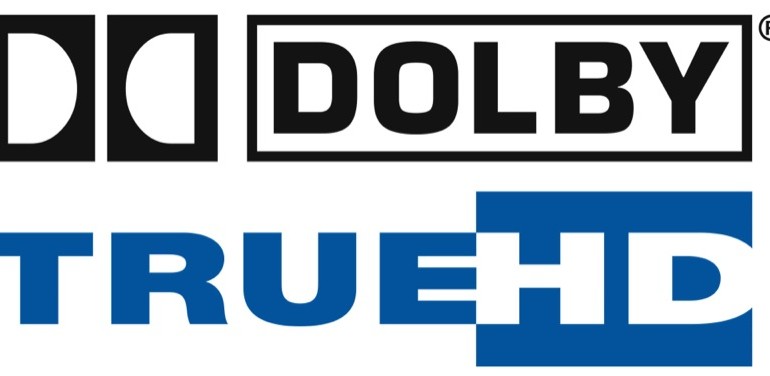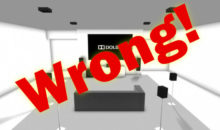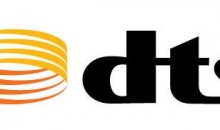What is Dolby TrueHD? Everything You Need to Know
A lot of people have asked us what is Dolby TrueHD? This technology first came about when Blu-ray started to become a reality. There was a need to make the multi-channel audio stored on the format as high-resolution as the new HD 1080p video. After all, if you’re going to ramp up the video quality and sell consumers on a new storage medium for movies, having an equally impressive new audio format would seem appropriate.
Dolby Digital vs Dolby TrueHD
Dolby TrueHD is a lossless audio format. Lossless means that, while the format provides space-savings for the encoded audio, the data that is eliminated has nothing to do with the audio itself, and thus the smaller files are still complete with every bit of data present in the digital master. Because of this, Dolby TrueHD movie soundtracks promise to be identical to the studio masters (in the case of recorded music), soundstage mixes (for movies), or original live concert recordings.
Dolby TrueHD, like Dolby Digital Plus, supports as many as 7.1 channels of high-definition surround sound. That matches your home theater with the sound reproduced in theaters—at least in terms of the available soundtrack audio. So Dolby, in releasing TrueHD to consumers, for the first time allows you to at least attempt to get theatrical sound right in your home.
Features of Dolby TrueHD on Blu-ray
- Lossless audio format that is bit-for-bit identical to the studio master
- Up to 7.1-channel playback
- Almost 100% penetration to the Blu-ray Disc market
- Support of up to 16 discrete channels (with future expandability)
- 8 full-range channels @ 96 kHz/24-bit audio (Blu-ray)
- 5 full-range channels @ 192 kHz/24-bit audio (Blu-ray)
Technical Specs for Dolby TrueHD
Dolby TrueHD has some impressive specs. They specify the maximum bitrate, number of channels, and more.
- Data bit rates up to 18 Mbps
- Up to 16 channels of lossless audio
- Dialogue level matching between Dolby TrueHD and Dolby Digital
- Dynamic range control
- 7.1 downmix overload detection and protection
- Allows companion Dolby Digital (640 kbps) 5.1-channel theatrical mix on 7.1-channel Dolby TrueHD titles
That last spec is important. Dolby has done a great job with respect to backward-compatibility. In the case of Dolby TrueHD, the format also includes the ability to allow a Dolby Digital track to ride alongside the lossless encoded tracks, providing legacy surround receivers with the ability to receive 640 kbps 5.1 surround mixes. Given that the original Dolby Digital (AC-3) format topped out at 448 kbps, this companion track is actually higher quality than a standard Dolby Digital soundtrack (and fully supported by most legacy products).
Conclusion
Tech geeks will note that Dolby TrueHD operates at 96kHz for most Blu-ray movies. Since many soundtracks are mastered at 48kHz, upsampling is provided to get to the format’s operating sampling rate. That could result in some artifacts, or unwanted side-effects, creeping into the soundtrack. To combat this, Dolby enlisted the help of Meridian Audio to develop filters to handle the conversion process.
The results seem to be pretty good and none of the expected hangups have been detectable in any of the soundtracks I’ve listened to. The future is open, so the 96kHz 8-channel sampling rate may yet be used natively. Until then, Dolby TrueHD seems to be an amazingly effect medium for capturing and transmitting soundtrack and mastered audio tracks to Blu-ray Disc.
Have you been impressed by Dolby TrueHD over HDMI? Leave your thoughts on our Facebook page or comment on this article below with your thoughts.







“Dolby Digital is a lossless audio format.”
should say
“Dolby TrueHD is a lossless audio format.”
Thanks. Fixed